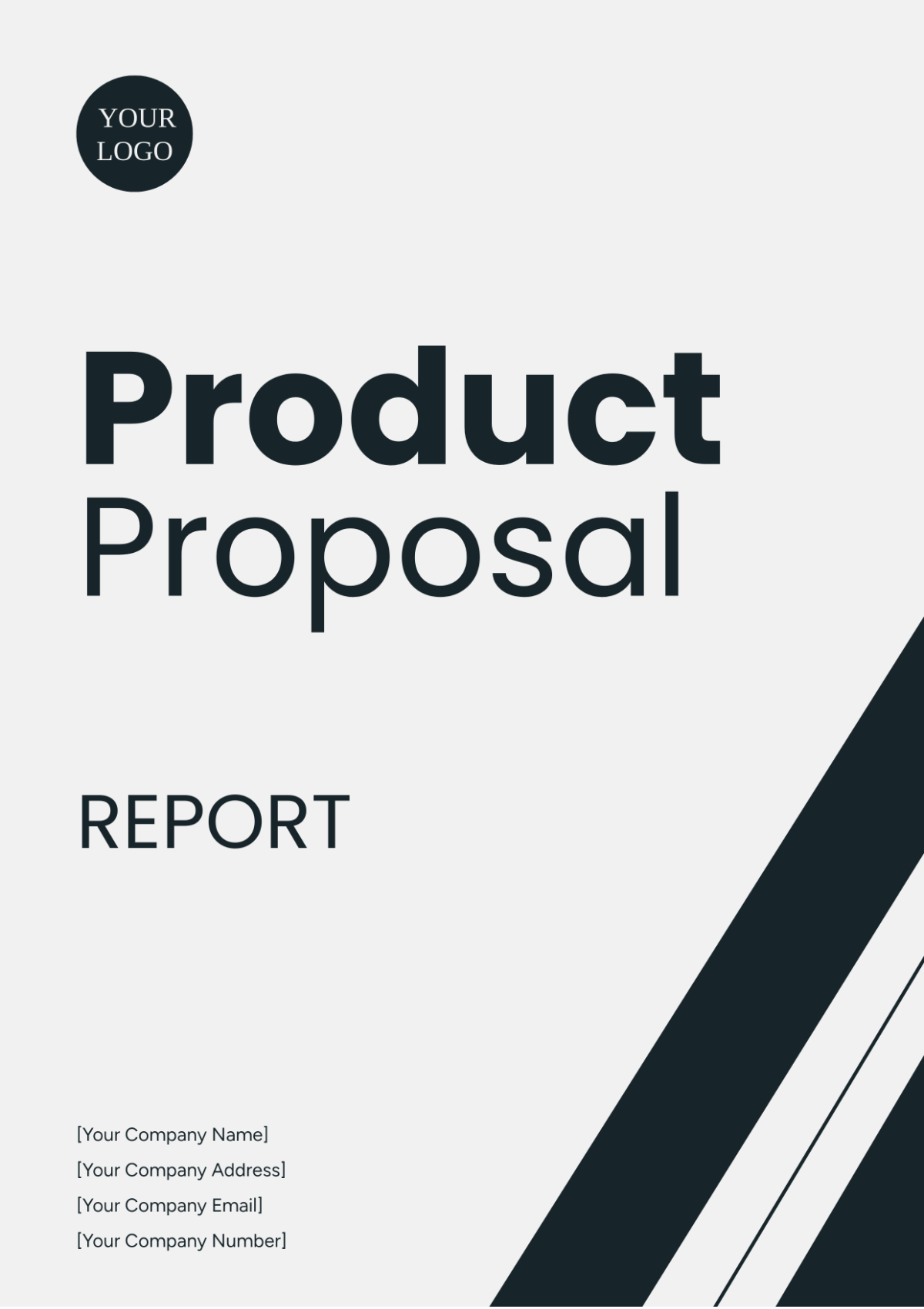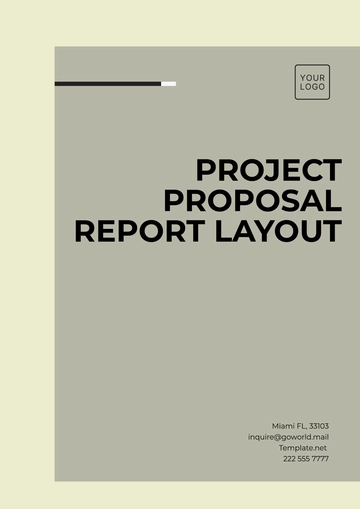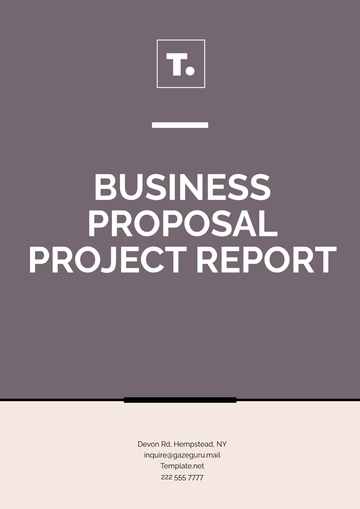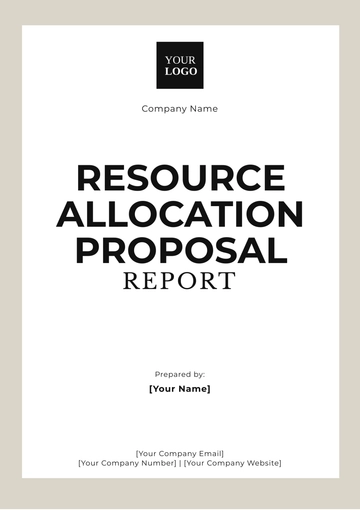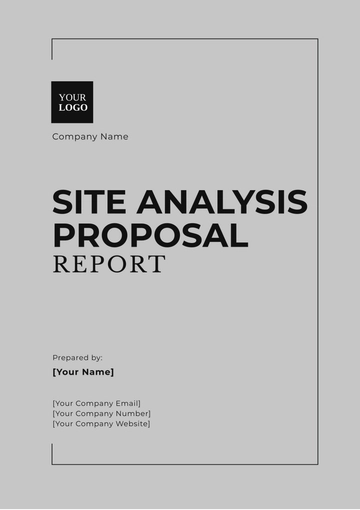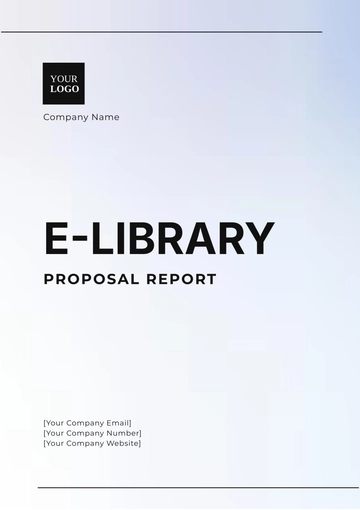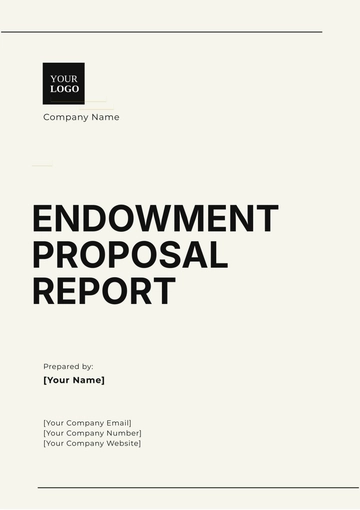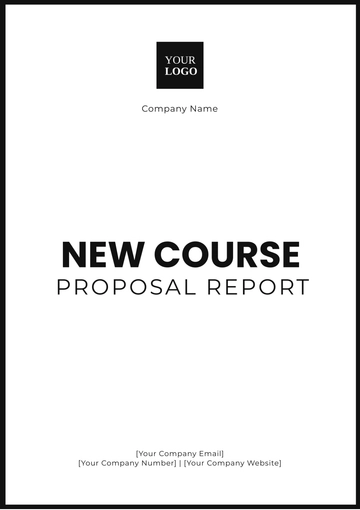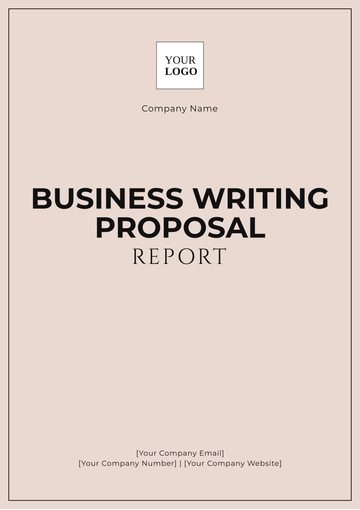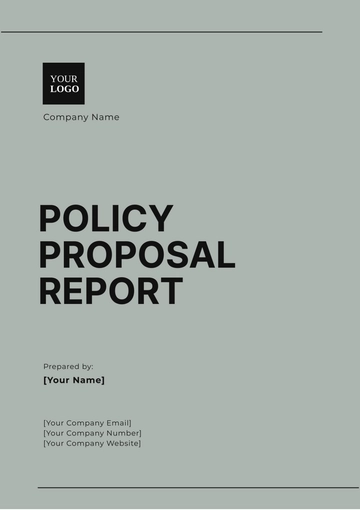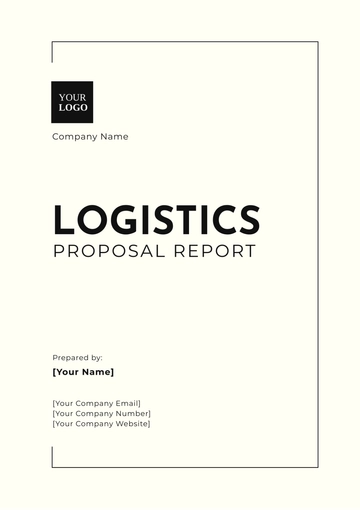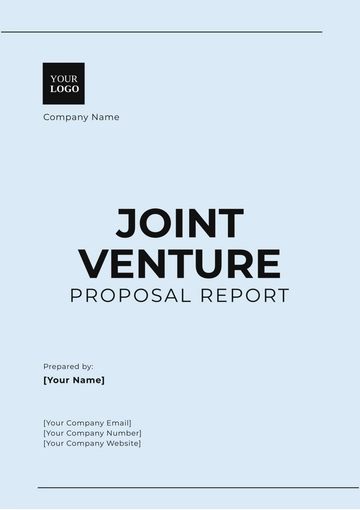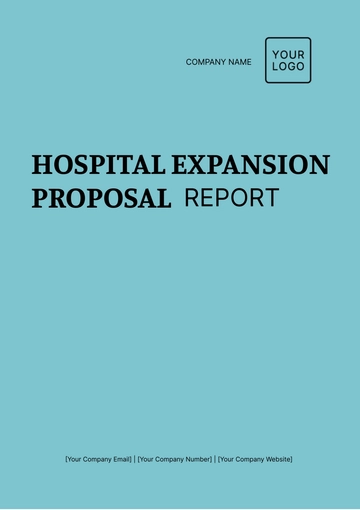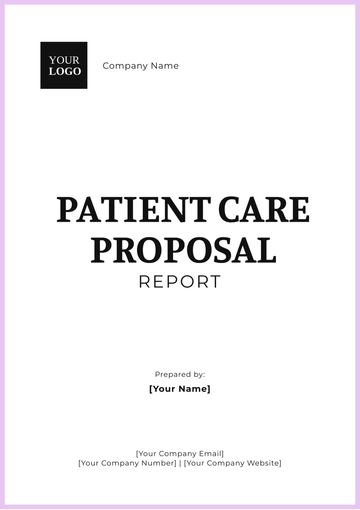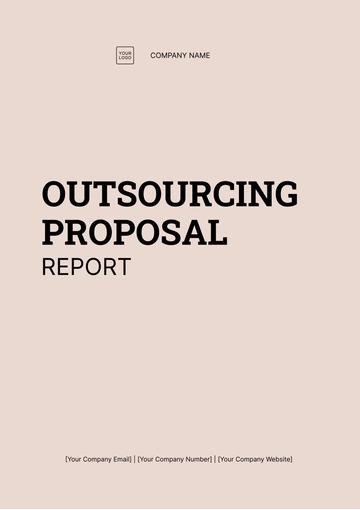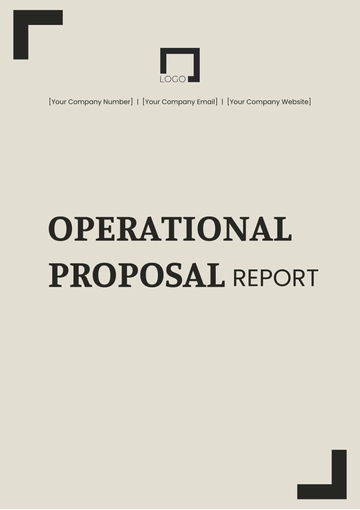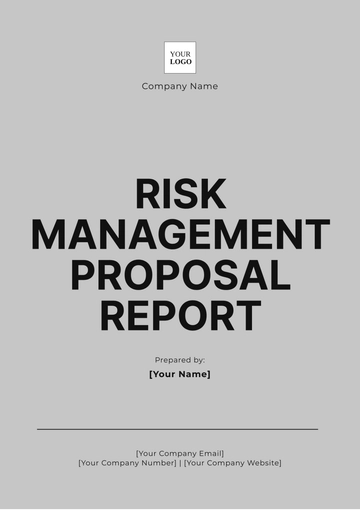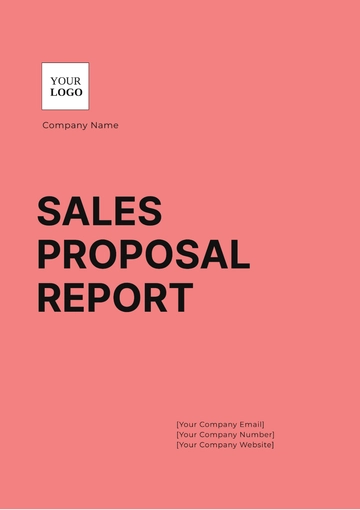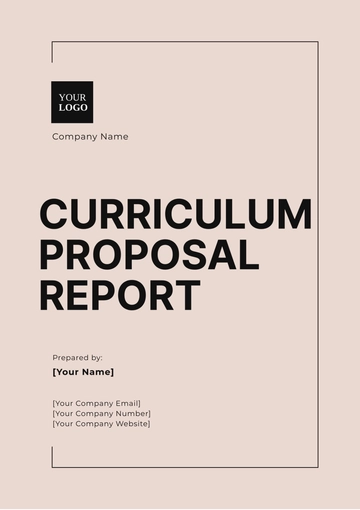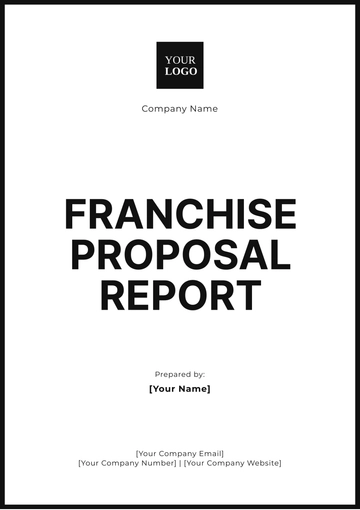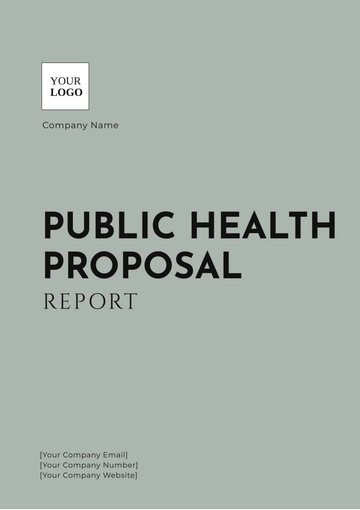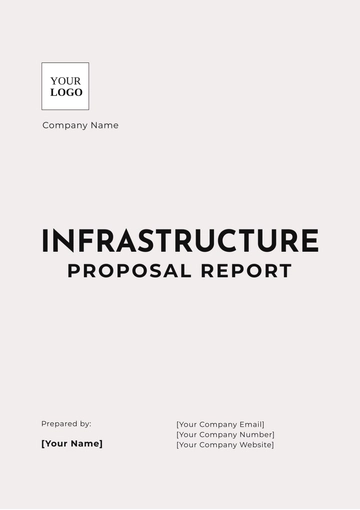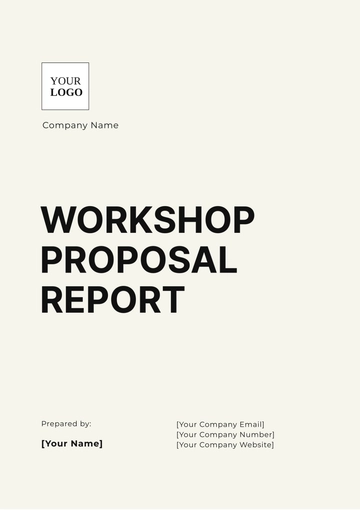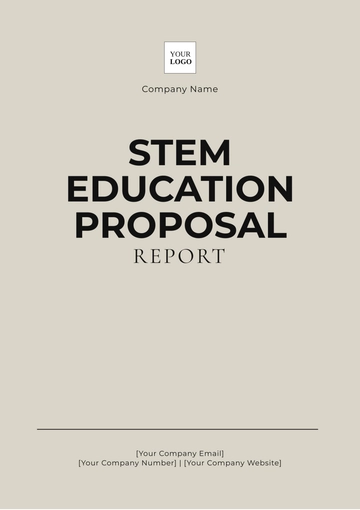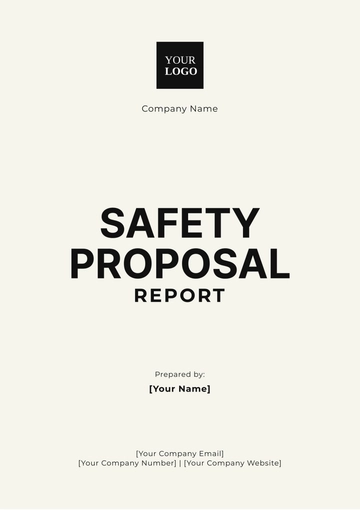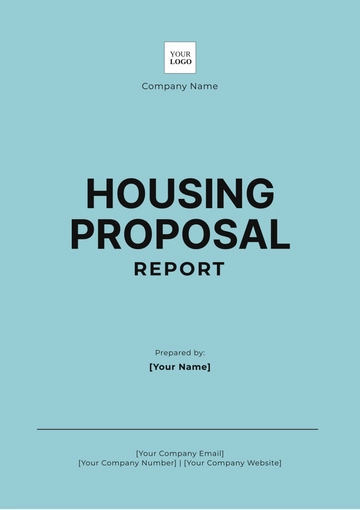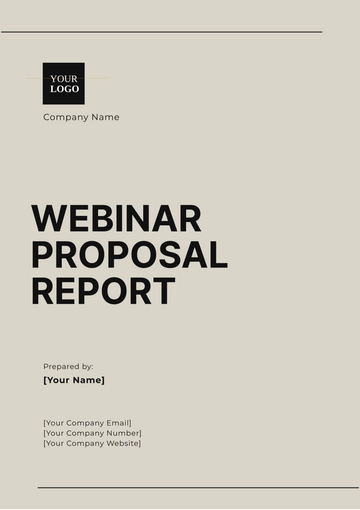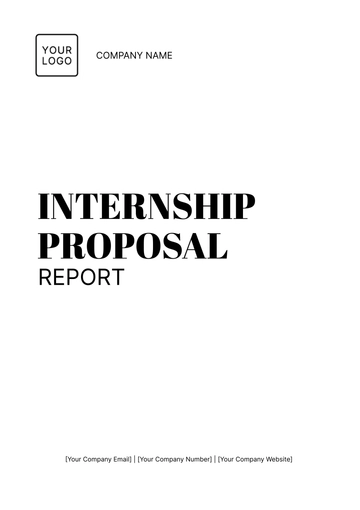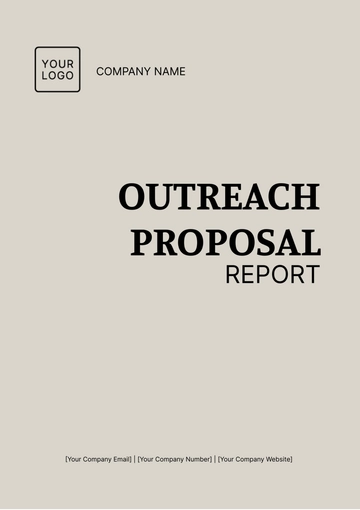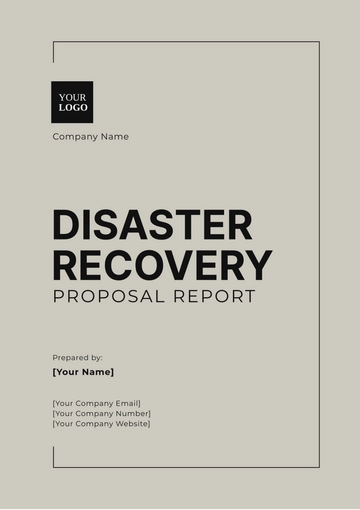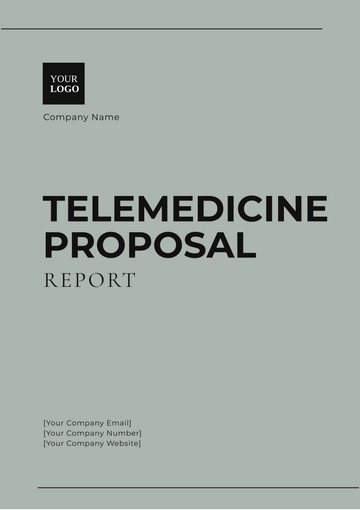Product Proposal Report
Prepared by: [Your Name]
1. Executive Summary
The "EcoFriendly Water Bottle" is a sustainable and innovative product designed to reduce single-use plastic waste. This report outlines the market need, product features, target market, marketing strategy, financial projections, and project timeline for the EcoFriendly Water Bottle. Our goal is to launch this product in Q1 2050, aiming to capture 5% of the reusable water bottle market within the first year.
2. Market Analysis
2.1 Market Need
With increasing awareness of environmental issues, consumers are seeking sustainable alternatives to everyday products. Single-use plastic bottles contribute significantly to environmental pollution, creating a demand for eco-friendly solutions.
2.2 Market Size
The global reusable water bottle market was valued at $8 billion in 2050 and is projected to grow at a CAGR of 5.8% from 2050 to 2057. This growth is driven by increasing environmental concerns and supportive government policies.
2.3 Competitor Analysis
Hydro Flask: Market leader with strong brand recognition but higher price point.
Nalgene: Known for durability and affordability but lacks modern design.
S’well: Focuses on aesthetics but is premium-priced.
3. Product Description
3.1 Product Features
Material: Made from 100% recycled stainless steel.
Capacity: 750ml.
Design: Sleek, ergonomic design with a variety of color options.
Insulation: Double-walled vacuum insulation keeps beverages cold for 24 hours and hot for 12 hours.
Lid: BPA-free, leak-proof lid with a built-in handle for easy carrying.
3.2 Unique Selling Proposition
The EcoFriendly Water Bottle not only helps reduce plastic waste but also donates 5% of profits to ocean cleanup initiatives. Its competitive pricing and stylish design make it accessible and attractive to a broad audience.
4. Target Market
4.1 Demographics
4.2 Psychographics
5. Marketing Strategy
5.1 Product Launch
5.2 Promotion
Digital Marketing: Targeted ads on social media (Instagram, Facebook, TikTok).
Content Marketing: Sustainability and product benefits: blog posts and videos.
Partnerships: Collaborations with eco groups and brands.
5.3 Distribution
Online Sales: Company website, Amazon, and other e-commerce platforms.
Retail: Select eco-friendly and outdoor retail stores.
6. Financial Projections
6.1 Revenue Forecast
Year 1 (2052): $1.2 million
Year 2 (2053): $2.5 million
Year 3 (2054): $4 million
6.2 Cost Analysis
Production Costs: $4 per unit
Marketing Costs: $200,000 annually
Operating Costs: $300,000 annually
6.3 Profit Margin
7. Risk Analysis
7.1 Market Risks
7.2 Operational Risks
7.3 Financial Risks
8. Project Timeline
Q3 2050: Product design and prototyping.
Q4 2050: Manufacturing setup and initial production.
Q1 2052: Marketing campaign launch and product release.
Q2 2052: Expansion to additional retail partners.
Q3 2052: Review and optimize marketing strategies based on performance.
Report Templates @ Template.net
